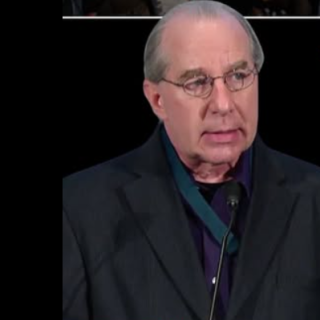Lost in the aftermath of American Electric Power’s decision to cut power to tens-of-thousands is the lingering whispers amongst some weather experts that Columbus may have witnessed its hottest moment in its history during the afternoon of June 15th.
It’s debatable whether that fateful day was the hottest ever, but when considering how high the humidity was, it’s an argument for the ages, or in the forthcoming weeks, depending on when the next heatwave hits.
Nevertheless, welcome to what others are saying is just a taste of what it’s like to be a climate change refugee in Central Ohio. Don’t forget that AEP’s intentional blackout was partially due to 75 miles-per-hour wind gusts on June 14th which knocked out transmission lines.
During the afternoon of June 15th, the heat index in Columbus – defined as “what the temperature feels like” – reached 115 degrees, according to the NWS in Wilmington. There have been only two higher hourly heat index values over 115 degrees since 1945 – in July of 1995 (117 degrees) and July of 1980 (116 degrees).
But what gave June 15th an extra “Hell is Real” feeling was what the Dew Point had reached the night before. The Dew Point measures humidity, and because Central Ohio and its watershed gives the region a swamp-like quality, everyone knows how soupy it can get here.
At 6:45 pm on June 14th, the Dew Point reached 84 degrees, which beat the previous record by 3 degrees, this again according to the NWS in Wilmington. Keep in mind any Dew Point in Central Ohio measured over 80 degrees is a rare event, with the previous record being 81 degrees in July of 1997.
This wasn’t the only temperature record set.
“On June 15th and 16th, we set record highs for minimum temperatures for each of those days,” said Logan Clark, a meteorologist with the NWS in Wilmington, to the Free Press. “That means that was the warmest overnight temperature ever recorded in Columbus, Ohio. The temperature was 77 degrees. The previous record was 73 degrees set in 1981. That’s a pretty notable jump.”
Climate change alarms have been going off for decades, but especially from young climate activists of late. Yet their pleas have also been mostly ignored – ie, by the utility companies such as AEP. By 2030, more than half of AEP’s generating capacity will still come from coal and natural gas.
“The heatwave and blackout illustrated what life in the Midwest may look like as climate change becomes increasingly severe. This will NOT BE THE LAST TIME – heatwaves are coming harder, longer, more frequent,” wrote Sunrise Columbus, which is part of a national youth-led grassroots campaign to stop climate change and create millions of good jobs in the process, in a press release during the blackouts.
The Sunrise Movement began in 2017, and some credit the movement with launching the Green New Deal. But what makes it standout is their core belief in “climate justice” – which recognizes the disproportionate impacts climate change has on low-income communities and communities of color.
Sunrise Columbus believes June 15th was not a once-in-a-century event, and that AEP has the means to not let future heatwaves put lower-income Central Ohioans in their own hot box or forced to flee to overcrowded community centers.
“AEP’s earnings for the first quarter of 2022 was $4.6 billion, and Nicholas K. Atkins, their CEO, made over $14 million last year. As a utility provider, AEP has a responsibility to make the safety of the communities they serve a priority,” wrote Sunrise Columbus, which asked that AEP “Create a comprehensive blackout prevention plan with community input that includes roles for decentralized renewable energy and climate resilience for the grid to ensure severe multi-day blackouts like this never happen again.”
AEP, like many utility companies, keeps saying it has so-called “aspirations” to reduce carbon emissions altogether.
“So, you know from the standpoint of AEP our aspiration, our goal is to reduce our carbon footprint by 80% from our 2005 emissions by 2050, with an aspiration for 100% renewables,” Lisa Barton, executive vice president of utilities at AEP, said in 2020 at a Columbus energy conference.
According to the Energy and Policy Institute, a watchdog organization working to expose attacks on renewable energy and counter misinformation by fossil fuel interests, AEP projected power generation from 2020 to 2030 included 4,149 MW (megawatts) of solar and 3,935 MW of wind power.
But those renewable goals were recently decreased, while carbon emitting sources were increased.
“AEP increased its projections for coal as a portion of its future generating capacity through 2030 by one percentage point, while its projections for future natural gas capacity increased by three percentage points. AEP decreased its related projections for future solar, wind, hydro and pumped storage capacity by three percentage points, and energy efficiency/demand response by one percentage point,” wrote the Energy and Policy Institute in a 2020 article.



